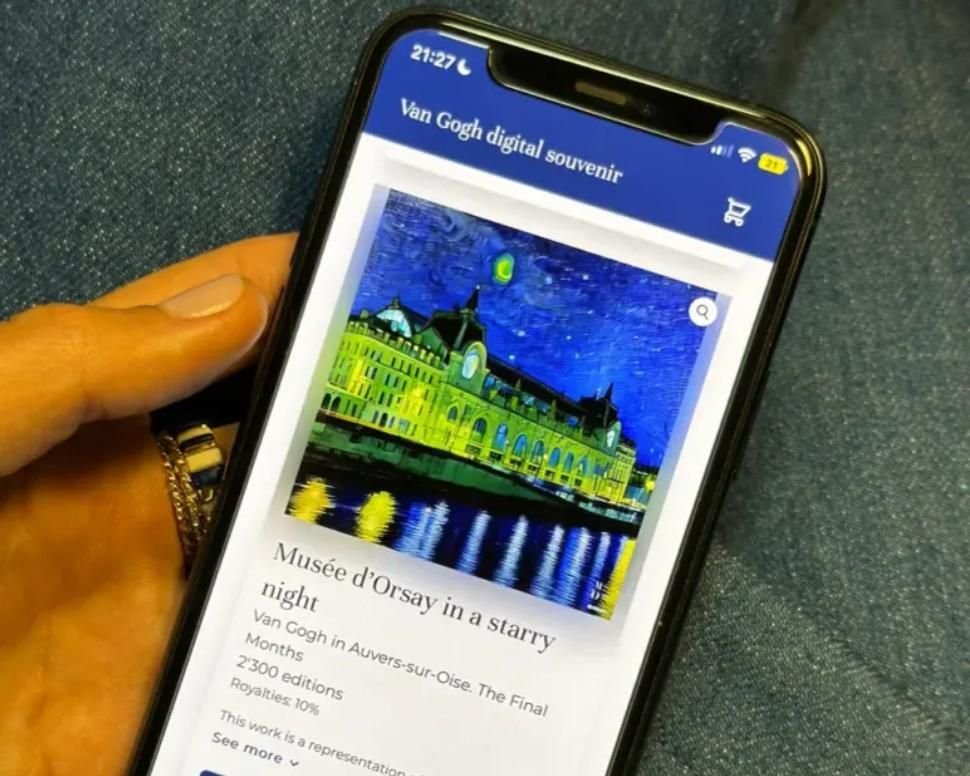
The 21st-Century Museum: Evolving for the Digital Age
As we approach the second quarter of the 21st century, museums are no longer just places where art and culture are preserved and displayed — they are adapting, evolving, and actively shaping the way we experience art. In a world where high-resolution images of masterpieces are just a Google search away, museums have had to redefine their purpose. Today, they are embracing AI, VR, blockchain, and interactive digital tools to stay relevant and engage modern audiences.

Digital Art at the World's Top Museums
Museum of Modern Art (MoMA), the Victoria and Albert Museum (V&A), the Musée d’Orsay, The Whitney, and The Louvre are not only celebrating digital art but also preserving its legacy for future generations. By integrating blockchain, AI, VR, and other digital tools, they are redefining what it means to be a museum in the 21st century.

Digital Art at Victoria & Albert Museum
The Victoria and Albert Museum (V&A) in London has long been a custodian of cultural heritage, and in recent years, it has emerged as a trailblazer in the realm of digital art. From early computer-generated drawings and algorithmic art to emojis and personal organizers, the V&A’s collection of over 3,000 digital art and design objects spans decades, reflecting the dynamic interplay between art, design, and technology.

